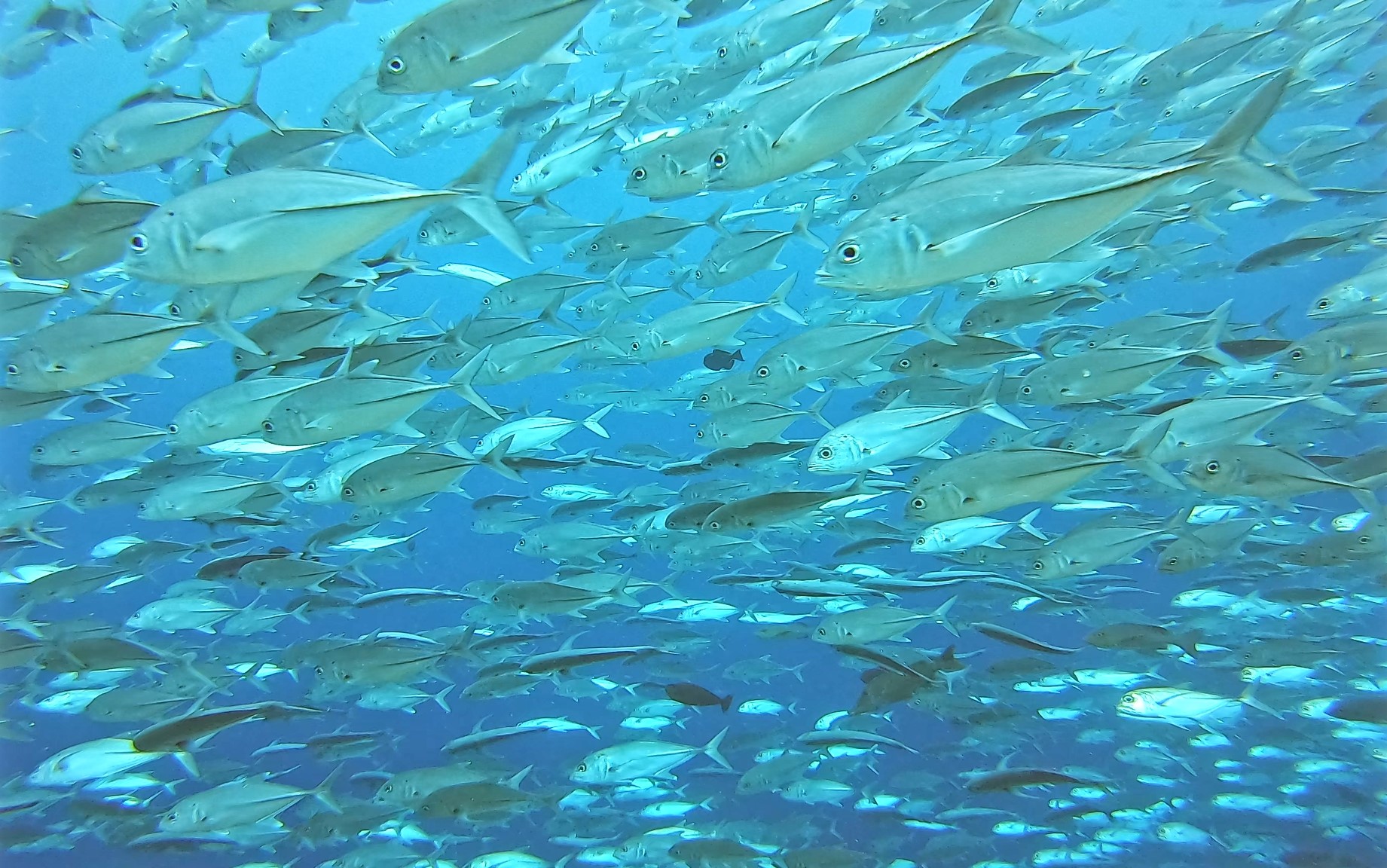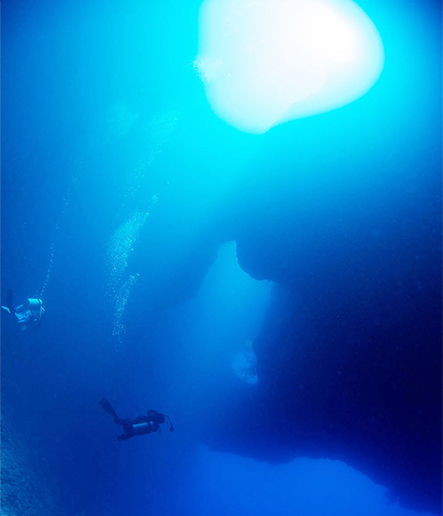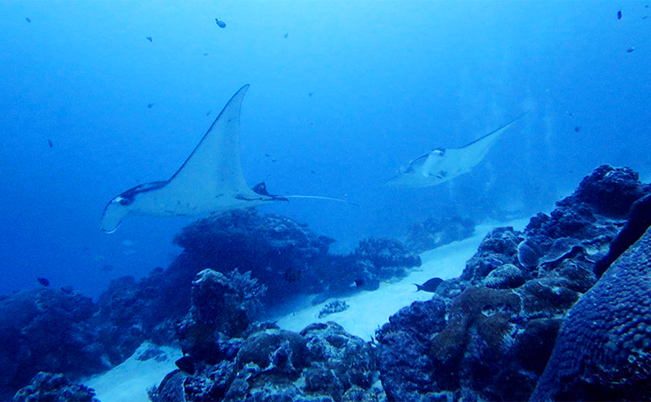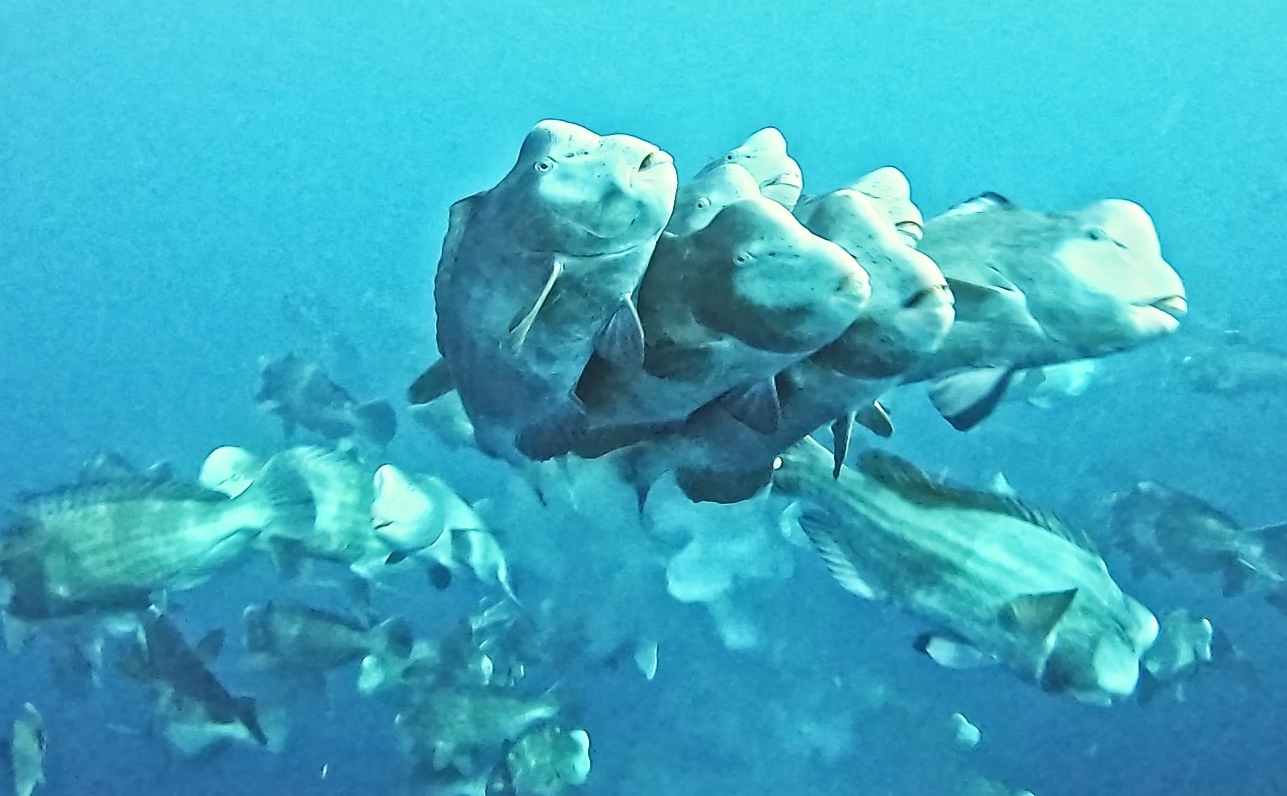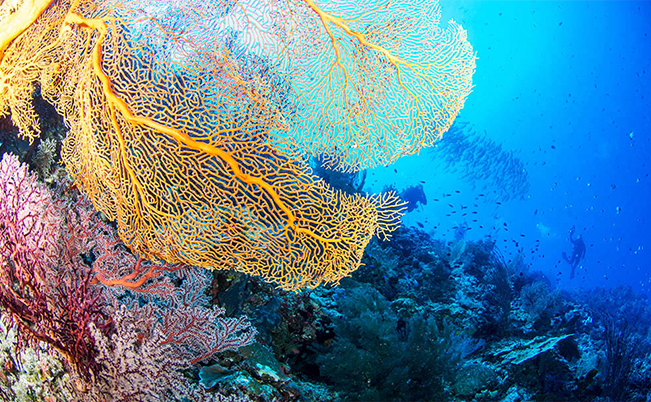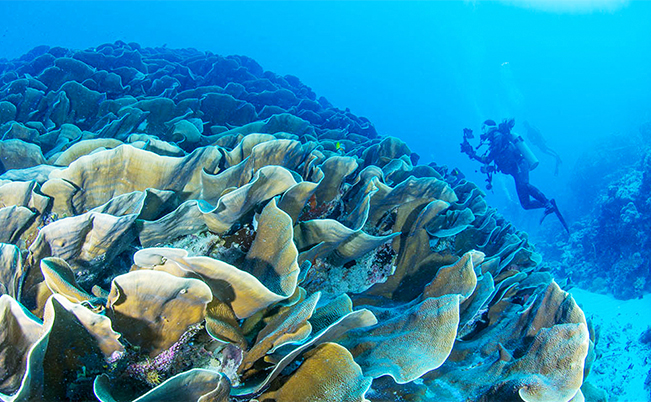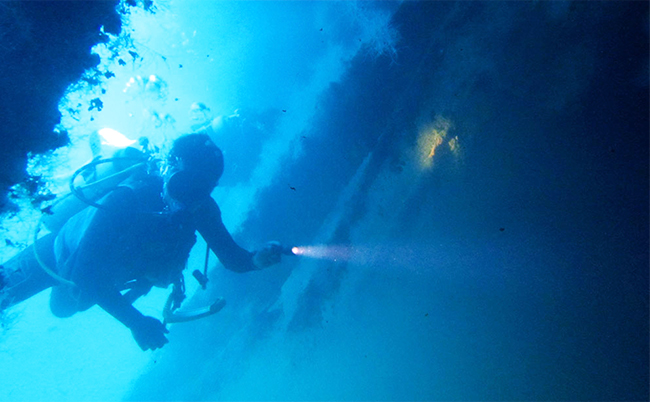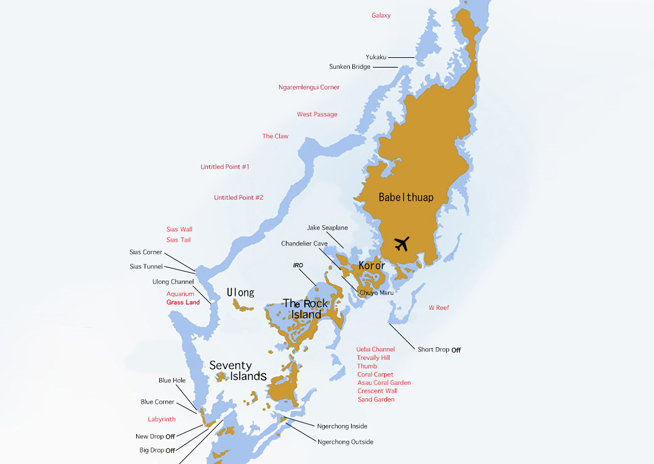


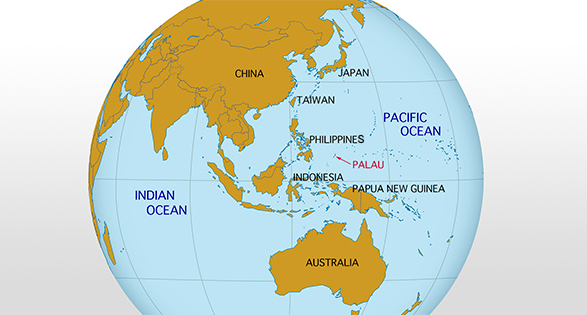
The latitude and longitude of Palau are about 7 degrees north and 134 degrees east. The archipelago lies within the much larger group of thousands of islands that make up Micronesia, which means “tiny islands.” Approximately 800 kilometers north of New Guinea, southeast of the Philippines, and southwest of Guam, Palau consists of roughly 500 islands.
Palau has a maritime tropical climate with a large amount of rainfall. The average daily temperature for the year is 81℉ (28℃), while the relative humidity is about 82%. An annual average of 381 centimeters of rain falls on Palau, feeding into the rivers and streams and adding to the humidity. Wind direction shifts occur with the trade winds blowing from the northeast and east from November to May. Then the monsoon winds come up from the southwest from June to September.
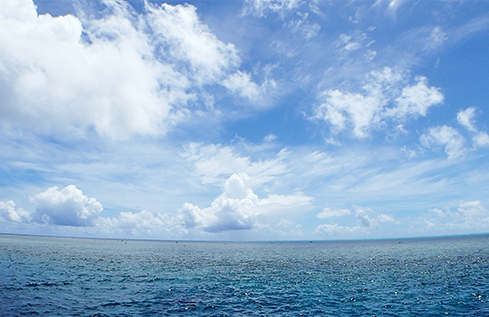
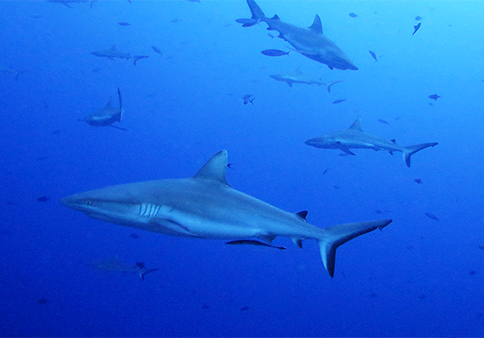
Palau has declared itself as the world’s first shark sanctuary. In 2009, it launched the Palau Shark Sanctuary to do its part in fighting for an end to shark finning in Palau and around the globe.
(For more details, see: http://www.sharksanctuary.com/)

Palau’s Rock Islands were listed as a World Heritage Site in 2012. Many of the 445 uninhabited limestone islands of volcanic origin the southern lagoon have unique mushroom-like shapes, surrounded by turquoise water and coral reefs.
The site’s incredible beauty is made even more impressive by the complex reef system, featuring over 385 species of coral as well as a wide array of ecosystems. This is home to a great diversity of plants, birds and marine life, including dugong and at least thirteen shark species.
(For more details, see: http://whc.unesco.org/en/list/1386)

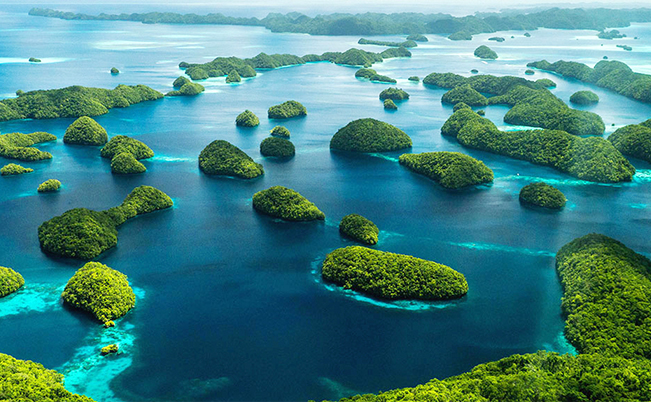
Palau is known as one of the planet’s best places to be underwater. Its dive sites attract visitors for all sorts of reasons, including huge schools of fish, plenty of sharks, and healthy reefs, as well as wrecks of the Second World War and the world-famous Jellyfish Lake and Blue Corner.
Most months the water temperature is around 30℃. Only from February to March does it occasionally drop to about 26℃. Average underwater visibility is roughly 20 meters but sometimes goes up to 40 meters! From July to September, heavy rains and strong winds can brings a drop in visibility to between 15 and 20 meters.
Palau features about 30 major dive sites, from walls and tunnels to channels and wrecks.
Here are just a few of the most famous of these sites:
